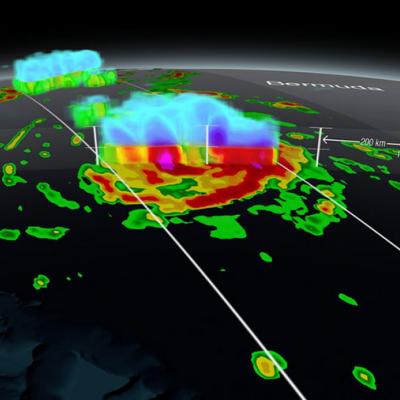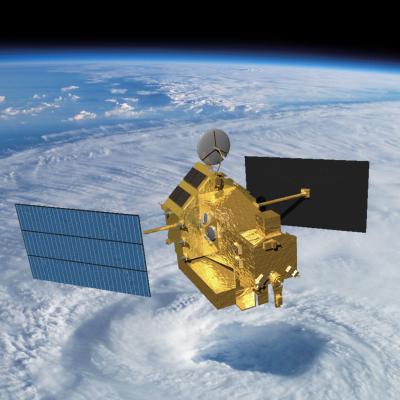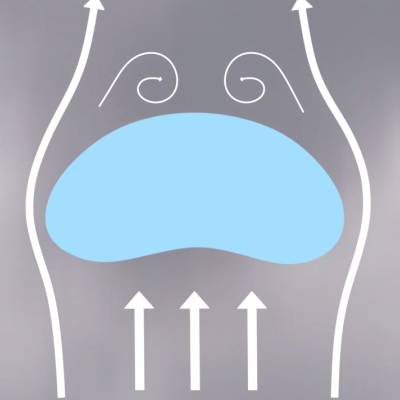The Anatomy of a Raindrop
When asked to picture the shape of raindrops, many of us will imagine water looking like tears that fall from our eyes, or the stretched out drip from a leaky faucet. This popular misconception is often reinforced in weather imagery associated with predictions and forecasts.
Raindrops are actually shaped like the top of a hamburger bun, round on the top and flat on the bottom. This new video from the Global Precipitation Measurement mission explains why.






